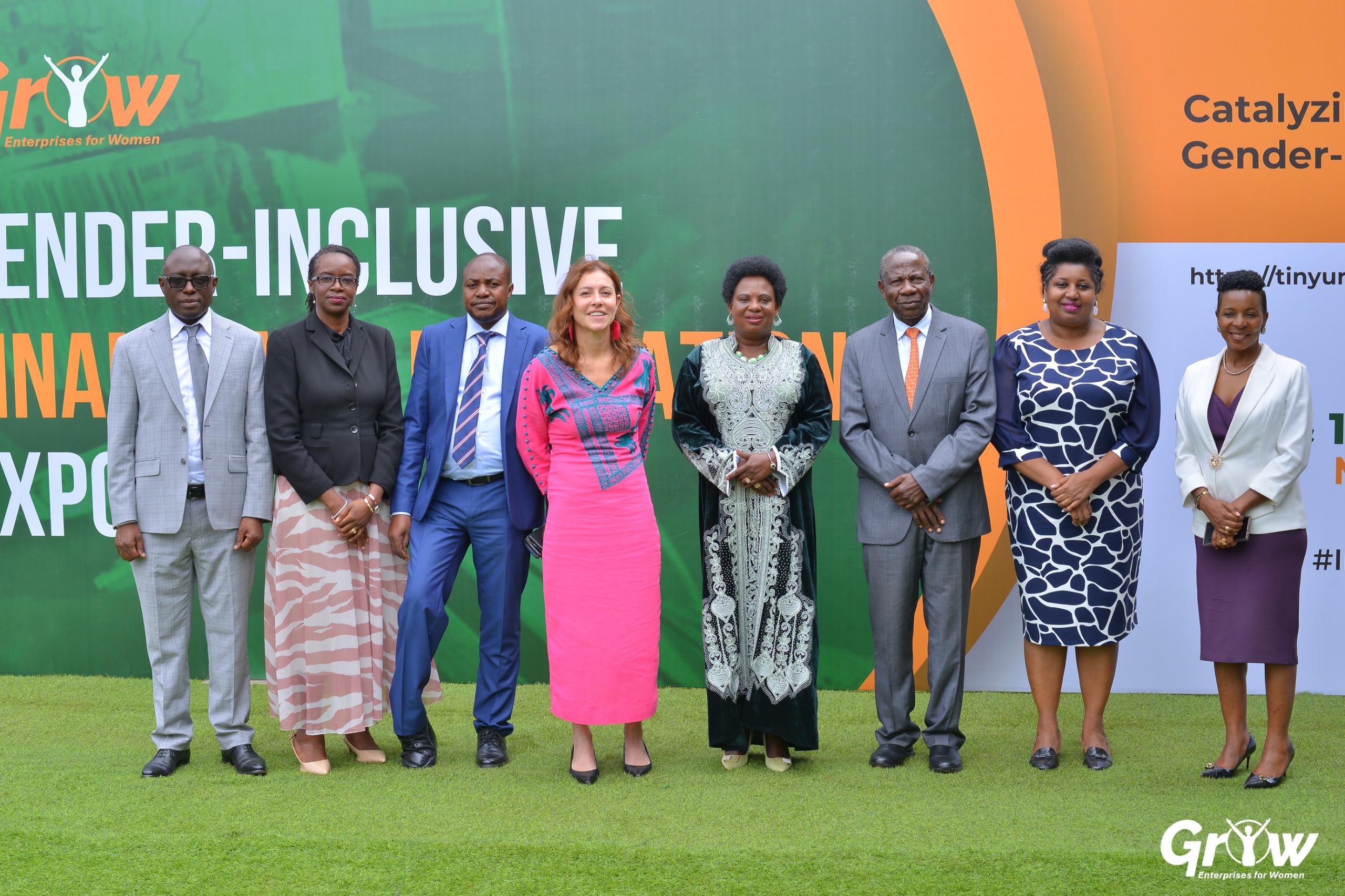In the complex world of taxation, clarity is a necessity. Taxpayers, whether individuals or businesses, often find themselves navigating a maze of laws, regulations, and obligations that can be difficult to interpret. One of the tools available to both taxpayers and tax authorities in Uganda is the practice note. But what exactly is a practice note, and under what circumstances can a taxpayer request one? In this article, we will explore the concept of a practice note, its purpose, and its application within the framework of Ugandan tax law.
A practice note is a document issued by the tax authority, in Uganda’s case, the Uganda Revenue Authority (URA), to provide guidance on the interpretation and application of tax laws. Practice notes are not laws themselves, but they serve as an official explanation or interpretation of how the tax laws should be applied in specific situations. They are designed to ensure consistency and clarity in the administration of tax laws, providing both taxpayers and tax practitioners with a clear understanding of the URA’s position on particular issues.
In Uganda, tax laws are primarily governed by the Income Tax Act, the Value Added Tax (VAT) Act, the Excise Duty Act, and other related legislation. These laws outline the various obligations, rights, and duties of taxpayers and the tax authority. However, tax laws can be broad and sometimes ambiguous, leading to different interpretations by taxpayers and tax officials. This is where practice notes come into play.
The primary role of a practice note is to bridge the gap between the law and its practical application. By providing detailed guidance on how specific provisions of the tax law should be interpreted, practice notes help prevent misunderstandings and disputes between taxpayers and the URA. They also contribute to a more transparent tax system by ensuring that all parties have access to the same information and interpretation of the law.
While practice notes are typically issued at the initiative of the URA, there are circumstances under which a taxpayer may request one. However, it’s important to note that such requests are not commonplace and are generally made when there is significant uncertainty about how a particular aspect of the tax law applies to a specific situation.
- Ambiguity in Tax Law – A taxpayer may request a practice note if there is ambiguity or lack of clarity in the tax law. For instance, if a provision in the Income Tax Act is open to multiple interpretations, a taxpayer may seek clarification from the URA to ensure they are complying with the law correctly. This is particularly important for businesses that may be making significant financial decisions based on their understanding of the tax law.
- Complex Transactions – In cases where a taxpayer is involved in a complex transaction, such as a merger, acquisition, or restructuring, they may request a practice note to understand the tax implications of the transaction. Complex transactions often involve multiple facets of tax law, and a practice note can provide the necessary guidance to ensure that all tax obligations are met.
- New Tax Legislation – When new tax legislation is introduced, it can create uncertainty among taxpayers regarding how the new laws will be applied. In such cases, taxpayers or their representatives may request a practice note to gain insight into how the URA intends to interpret and enforce the new laws. This is crucial for businesses that need to adjust their tax planning strategies in response to legislative changes.
- Industry-Specific Issues – Certain industries may face unique tax challenges that are not adequately addressed by existing tax laws. For example, the digital economy, with its cross-border transactions and intangible assets, presents taxation issues that traditional tax laws may not fully cover. In such cases, industry players may seek a practice note to understand how the URA views these issues and how they should be taxed.
- Precedent Setting Cases – In some instances, a taxpayer may be involved in a case that could set a precedent for how certain tax laws are interpreted in the future. In such cases, the taxpayer may request a practice note to clarify the URA’s position and ensure that their case is handled consistently with other similar cases.
Requesting a practice note is not a straightforward process and is usually done through formal channels. Taxpayers or their representatives would typically submit a written request to the URA, outlining the specific issue or ambiguity they seek clarification on. The request should include a detailed explanation of the facts and circumstances surrounding the issue, as well as any relevant legal provisions.
The URA will then review the request and determine whether a practice note is warranted. If the URA decides to issue a practice note, it will be published and made available to the public. This ensures that all taxpayers have access to the same guidance, promoting fairness and consistency in the application of tax laws.
It’s important to understand that while practice notes provide valuable guidance, they do not have the force of law. This means that a taxpayer cannot rely solely on a practice note as a legal defense in a dispute with the URA. However, practice notes are persuasive and are often considered by the courts when interpreting tax laws. They reflect the URA’s official position on specific issues and can be a critical tool in tax planning and compliance.
For taxpayers facing ambiguity, complex transactions, or new legislation, requesting a practice note from the URA can be a strategic move to ensure compliance and avoid potential pitfalls. By staying informed and seeking clarification when needed, taxpayers can better manage their tax obligations and contribute to a more transparent and predictable tax environment in Uganda.
The writer is a Chartered Accountant and Tax Advisor.
Do you have a story in your community or an opinion to share with us: Email us at editorial@watchdoguganda.com













